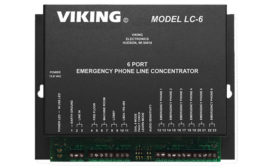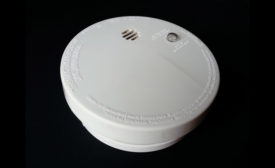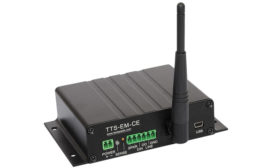Home » Keywords: » MNS (Mass Notification System)
Items Tagged with 'MNS (Mass Notification System)'
ARTICLES
Mobile and Integrations Drive Today's Mass Notification Systems
Rapid evolution harnesses the latest in technology to improve solutions and their capabilities.
December 23, 2017
Be in the forefront of security intelligence when you receive SDM.
Join over 10,000+ professionals when you subscribe today.
SIGN UP TODAY!Copyright ©2025. All Rights Reserved BNP Media.
Design, CMS, Hosting & Web Development :: ePublishing








